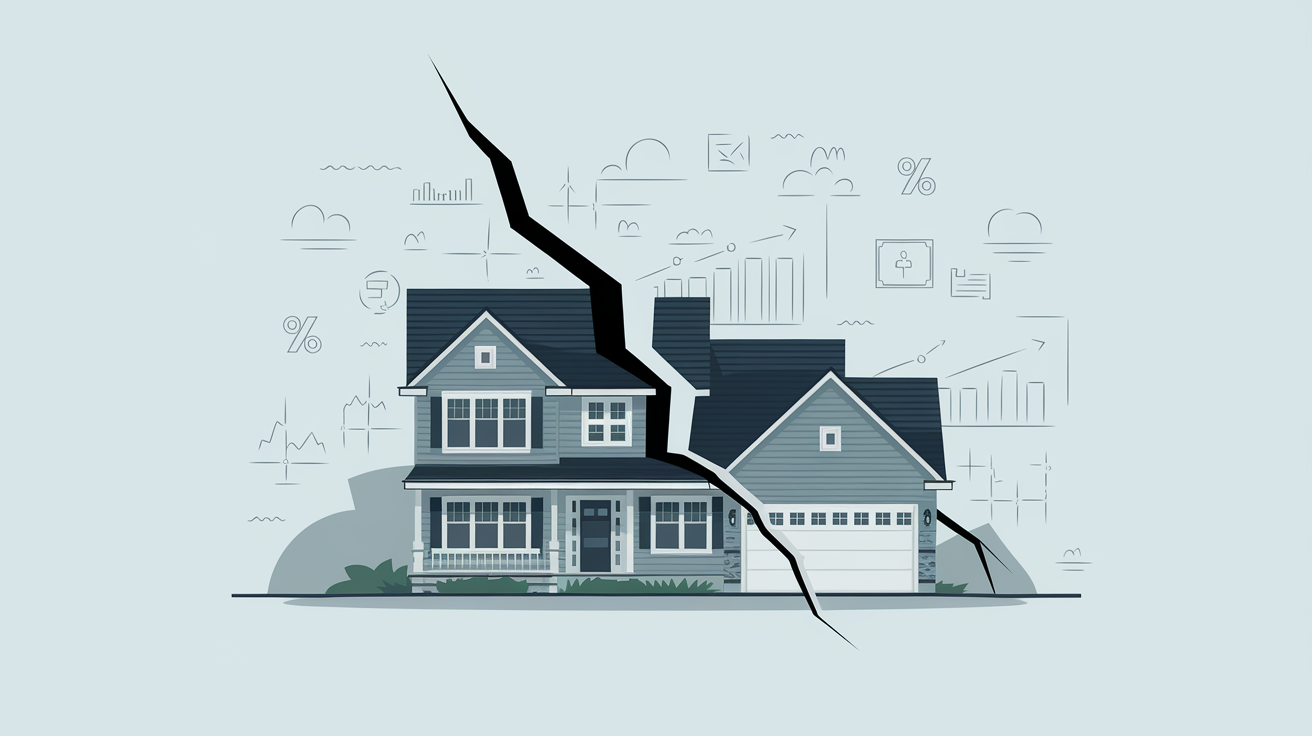Table of Contents
Buying a home is one of life’s biggest milestones, filled with excitement—and often stress. In Canada, purchasing real estate often involves navigating financial complexities, especially regarding mortgage affordability. Central to this journey is the infamous yet critically important B-20 mortgage stress test. But what exactly is this test, why was it created, and how does it impact homebuyers? Let’s unpack everything you need to know.
What is the B-20 Stress Test?
Simply put, the B-20 stress test is a financial evaluation designed to ensure Canadian homebuyers can afford their mortgages even if interest rates rise in the future. Essentially, lenders qualify mortgage applicants at a higher interest rate than the one currently being offered. This stress-test rate helps ensure borrowers can manage increased payments if market conditions change—acting as a financial buffer, keeping homeowners and the broader economy safer.
A Brief History: Why the Stress Test was Introduced
The origins of Canada’s mortgage stress test trace back to the aftermath of the 2008 global financial crisis. Amidst the turmoil, Canadian policymakers and financial institutions sought preventive measures to ensure Canada’s financial and housing markets remained stable and resilient.
Initially introduced by the Office of the Superintendent of Financial Institutions (OSFI) in 2012, the B-20 guideline aimed to reinforce lending standards and protect the economy from risks associated with rapidly growing mortgage debt and potentially unstable housing prices. But it wasn’t until 2018 that the guidelines fully expanded to include all mortgages—insured and uninsured alike. OSFI implemented this sweeping change amid soaring home prices, record-high household debts, and historically low interest rates.
How Does the B-20 Stress Test Work Today?
Let’s illustrate with an example: Suppose you’re applying for a mortgage at your bank, and you’re being offered a five-year fixed-rate of 5.5%. Even though this is the rate you’ll actually pay, your bank must qualify you at either the benchmark stress-test rate (currently around 5.25%) or the rate offered by your lender plus an additional 2%—whichever is higher.
In this scenario, you’d be qualified at 7.5% (5.5% + 2%). By qualifying at this elevated rate, lenders confirm that you have enough income to afford your home even if interest rates climb in the future.
Why Does the Stress Test Matter?
The stress test serves multiple critical functions:
1. Protects Homebuyers
By ensuring borrowers can handle a mortgage in tougher economic times, it significantly reduces the risk of defaults and home foreclosures if interest rates rise unexpectedly.
2. Promotes Financial Stability
It protects Canada’s financial system by reducing the likelihood of widespread mortgage defaults, helping banks and lenders mitigate risk.
3. Controls Housing Inflation
The test indirectly cools overheated real estate markets by limiting borrowing capacity, thereby slowing price growth—though some debate the extent of this influence.
Impacts on Homebuyers and the Housing Market
The stress test undeniably affects affordability for homebuyers. Many prospective homeowners find their buying power significantly reduced, sometimes up to 20% less than without the test. First-time homebuyers especially can feel squeezed by this restriction, often forced to adjust expectations, save more for a larger down payment, or delay homeownership altogether.
On the market level, the stress test has generated mixed reactions. Advocates highlight it as a prudent step that strengthens the economy, while critics argue that it disproportionately affects first-time buyers, potentially locking younger Canadians out of homeownership.
Despite these criticisms, OSFI has maintained the policy, citing its role in keeping Canada’s housing market and banking systems stable, especially during economic shocks like the COVID-19 pandemic.
Final Thoughts
The B-20 stress test can feel like yet another obstacle in the already complicated process of home buying. Yet, understanding its purpose reveals its role in promoting a stable financial system, safeguarding borrowers, and ultimately building a more resilient economy. As a potential homeowner or real estate investor, knowing how this test works helps you make more informed decisions, prepare financially, and achieve homeownership in a sustainable way.
